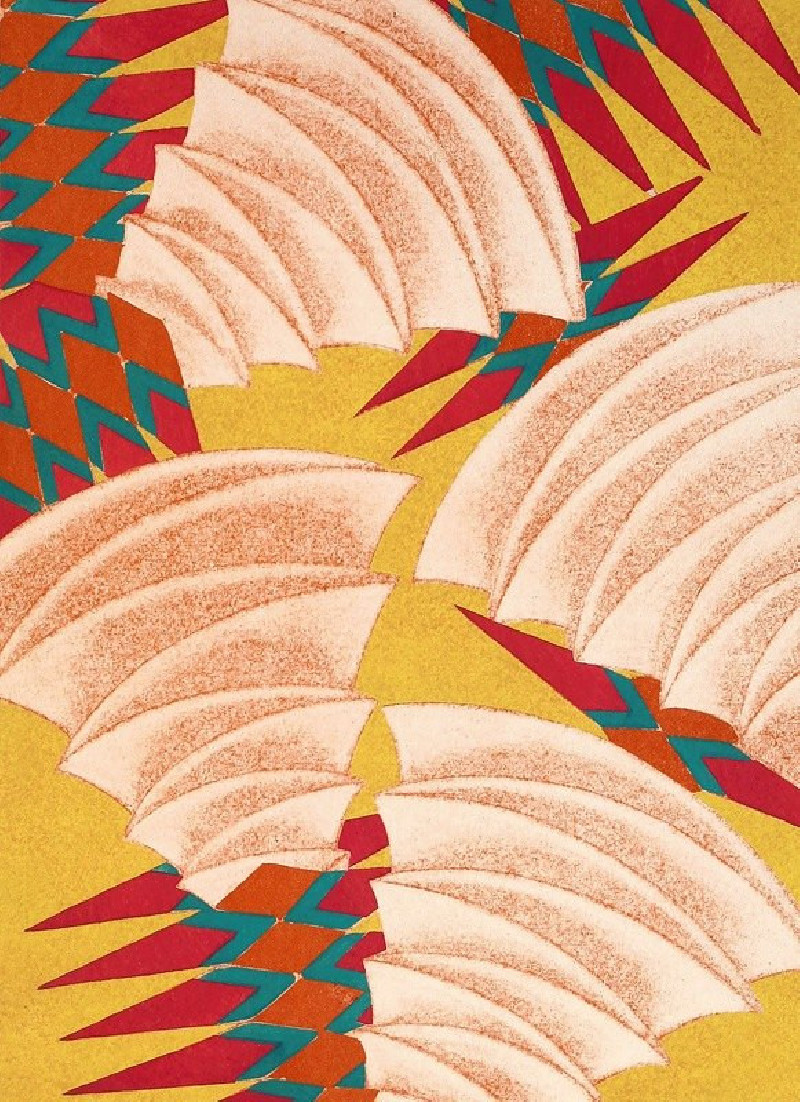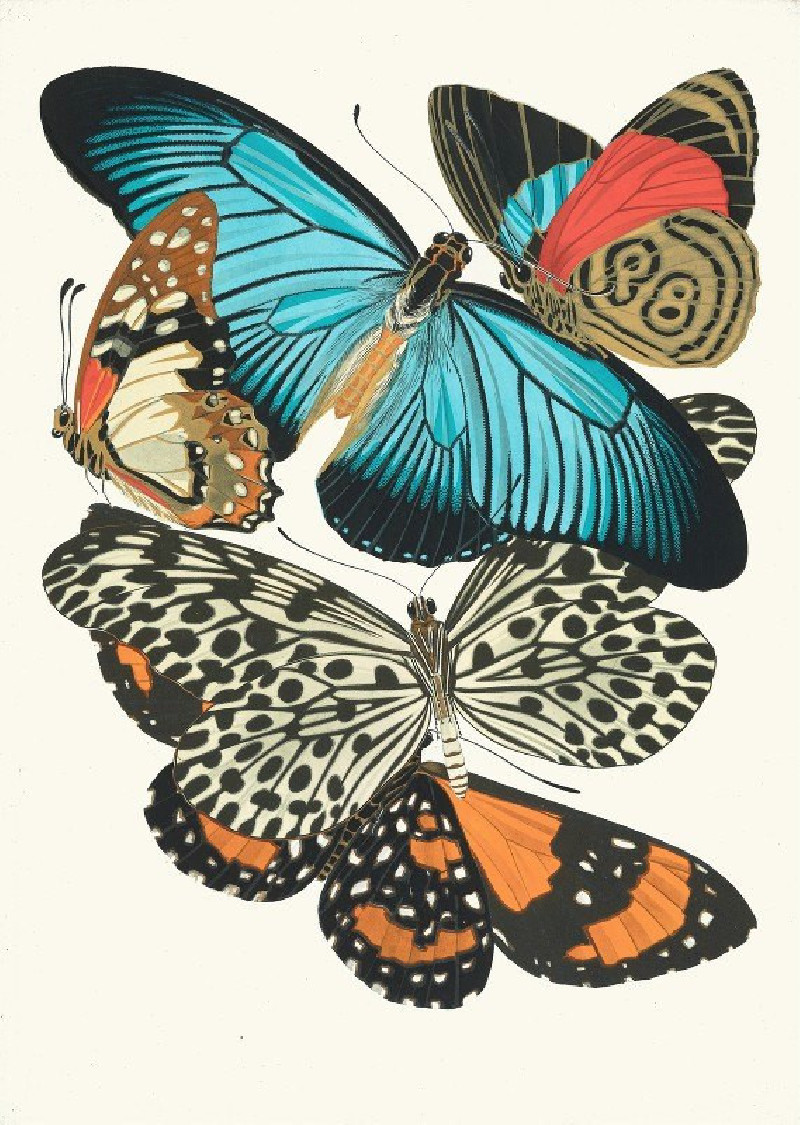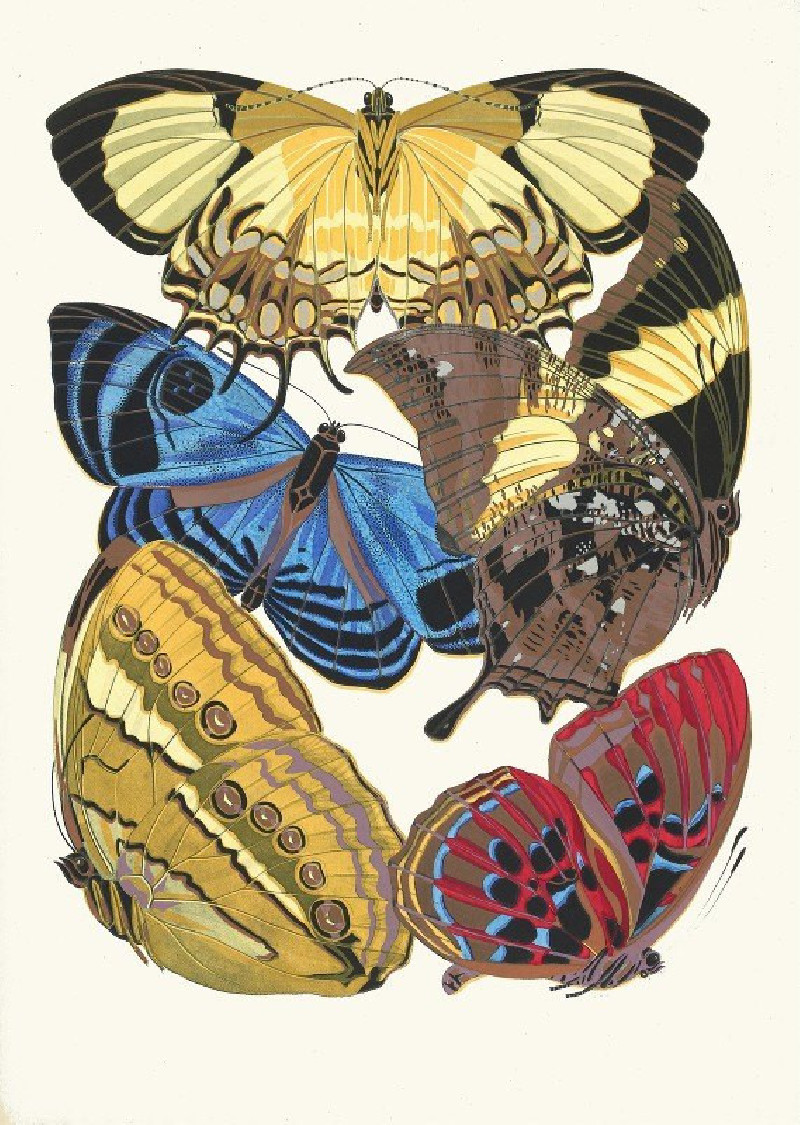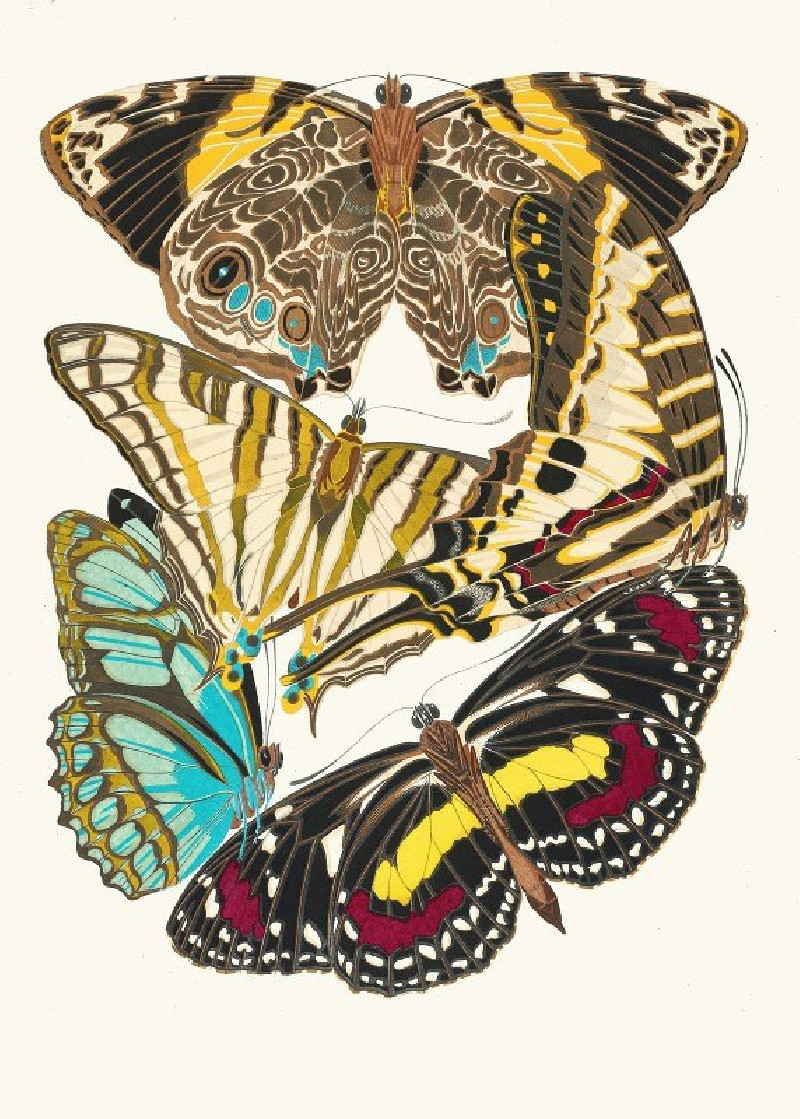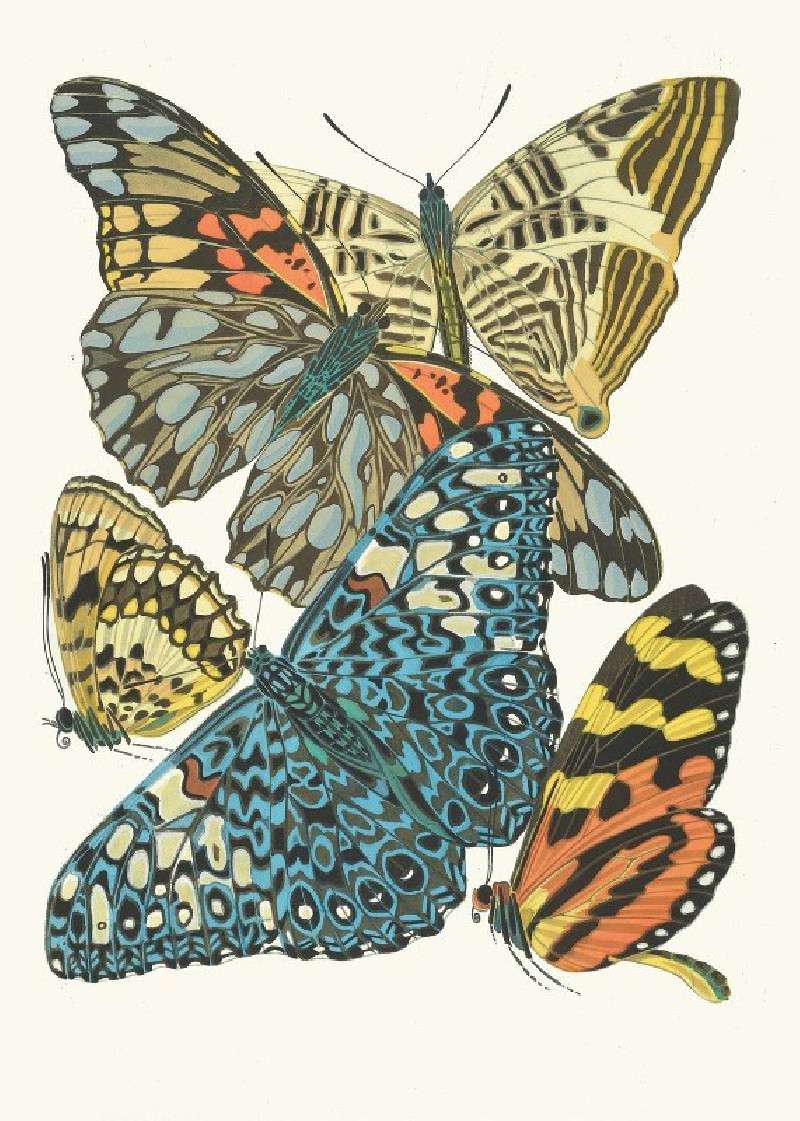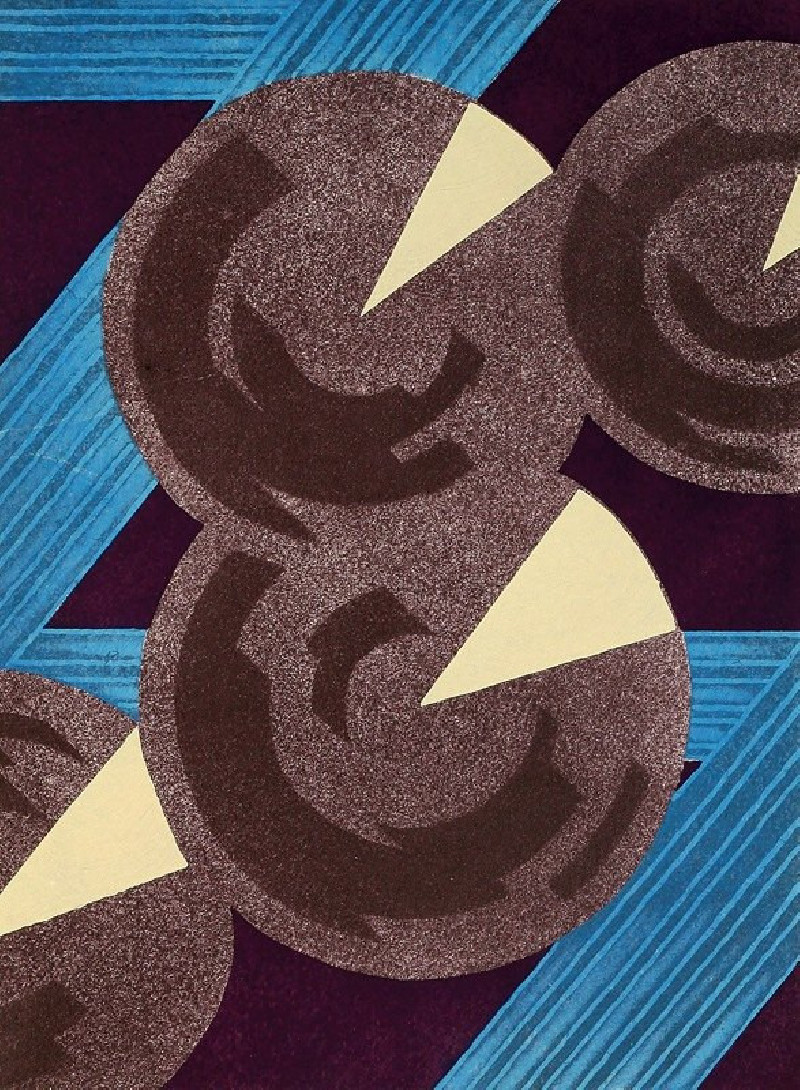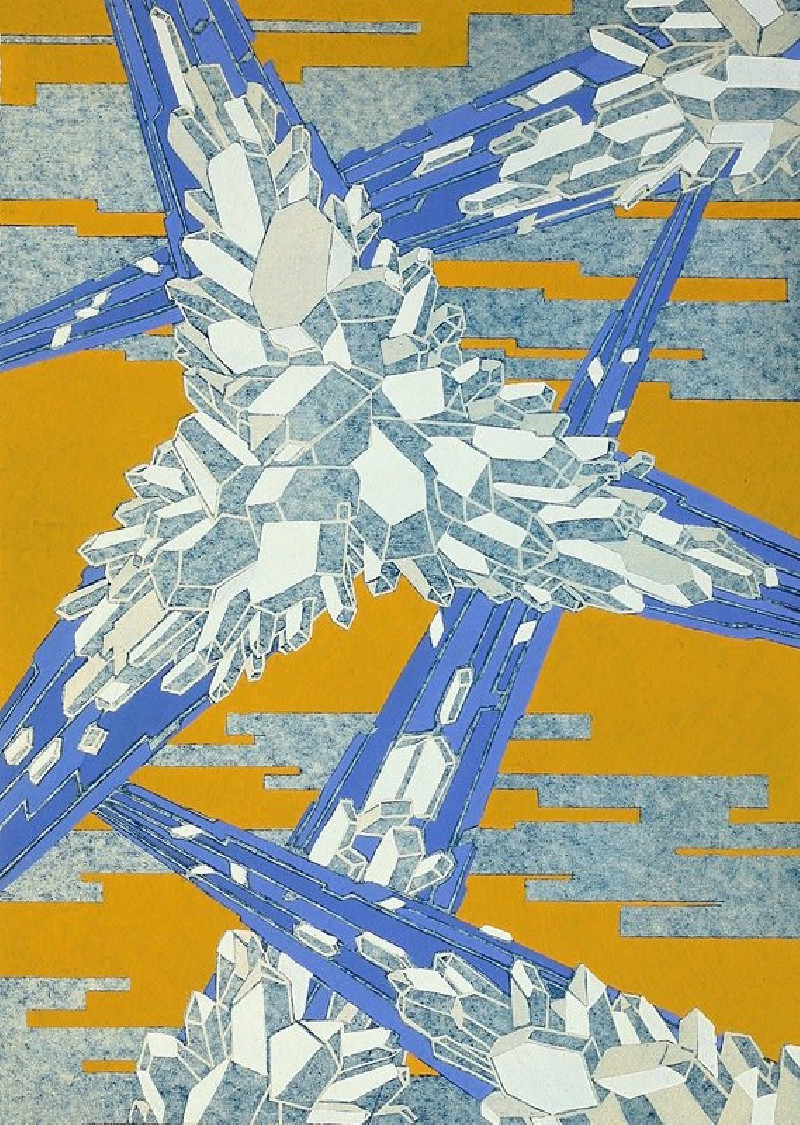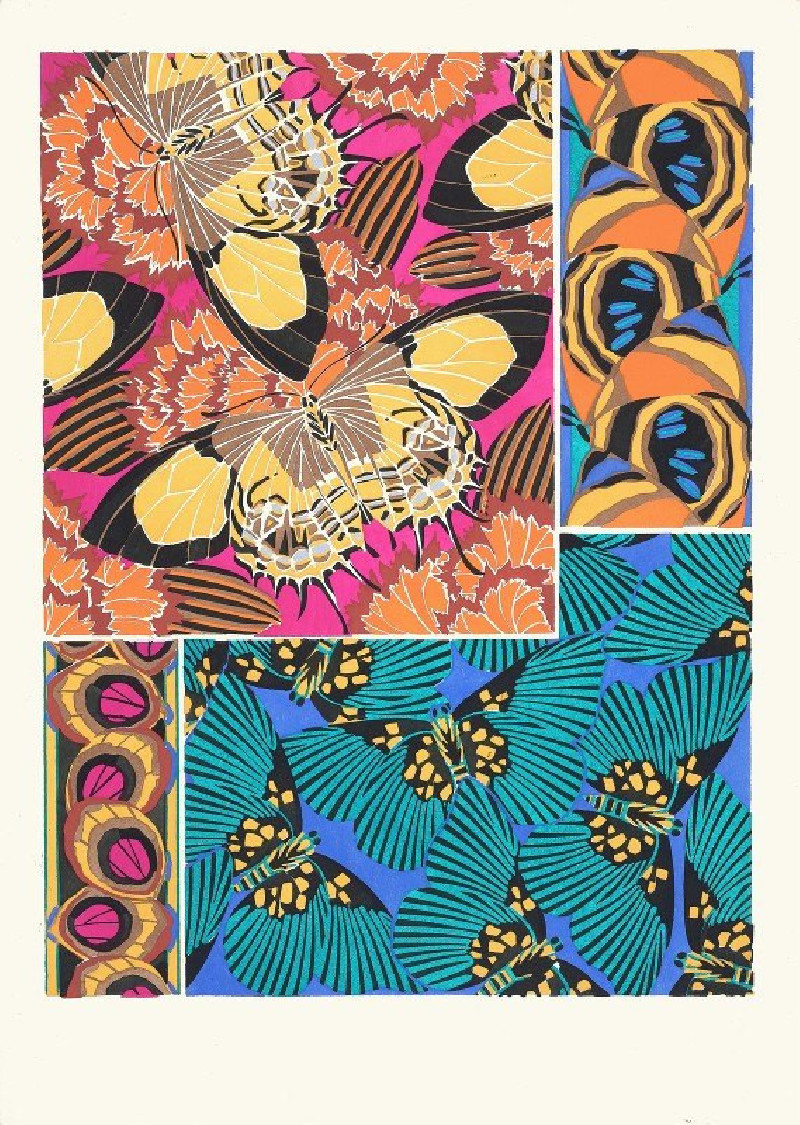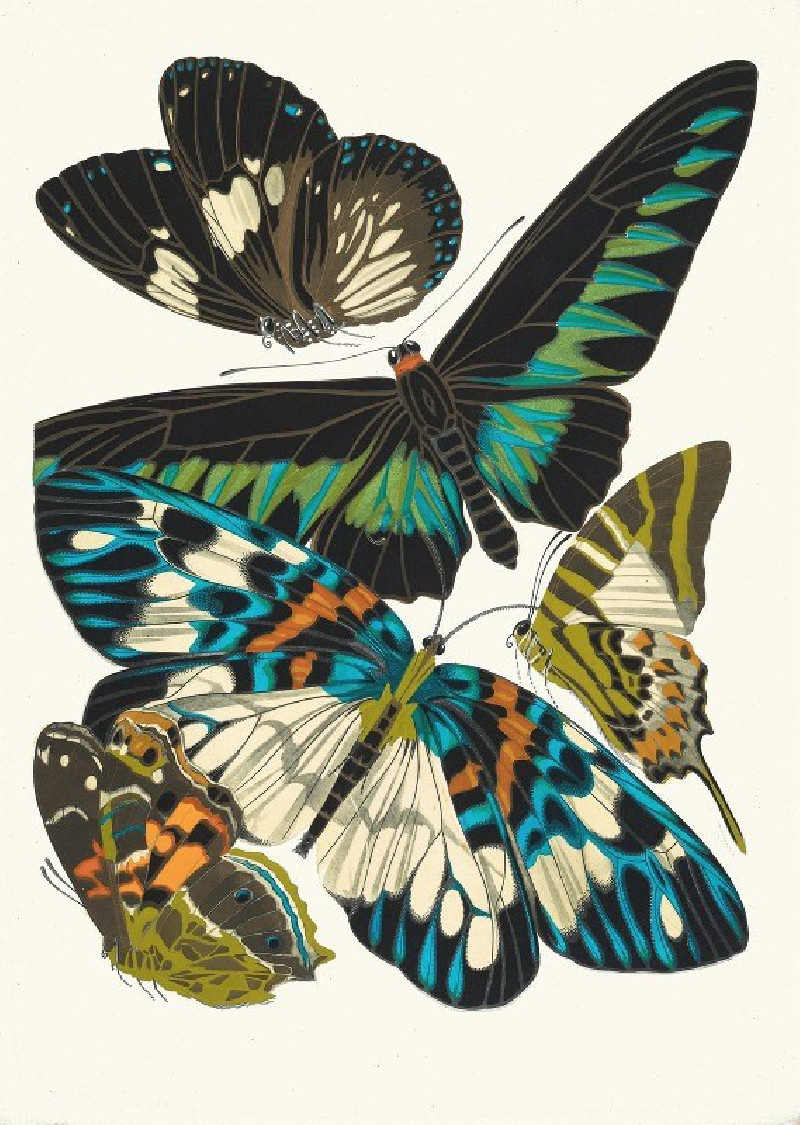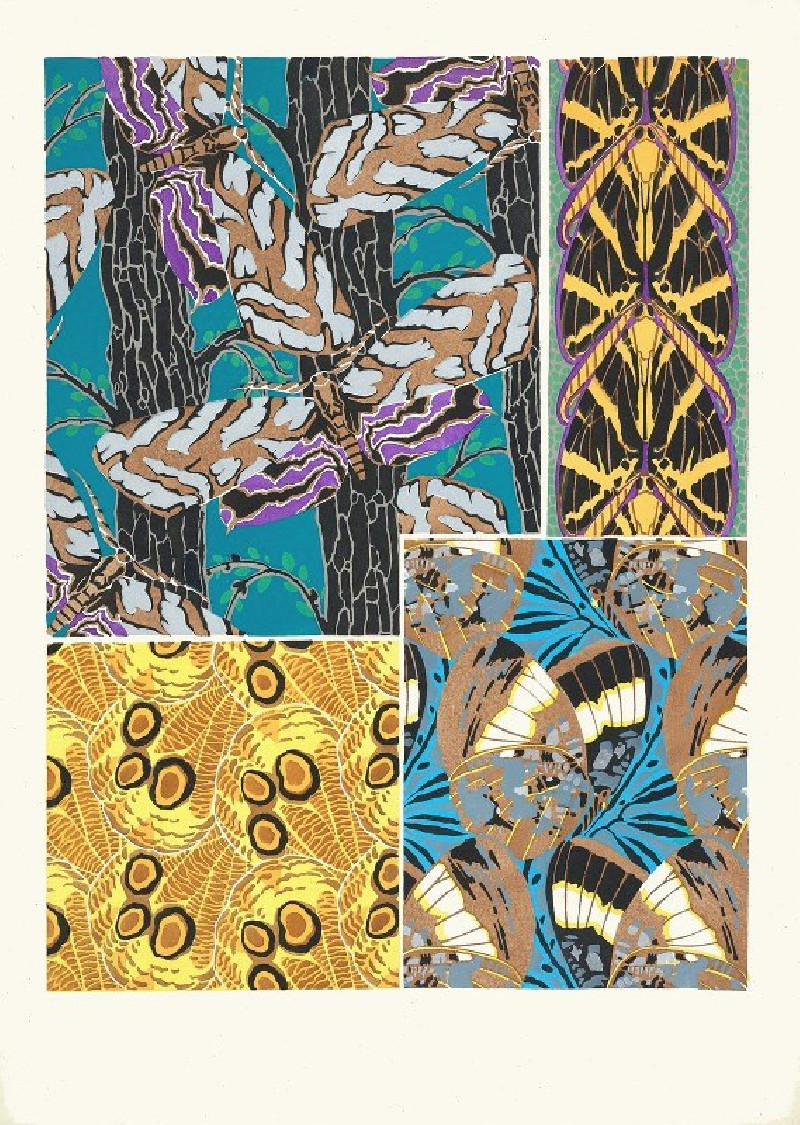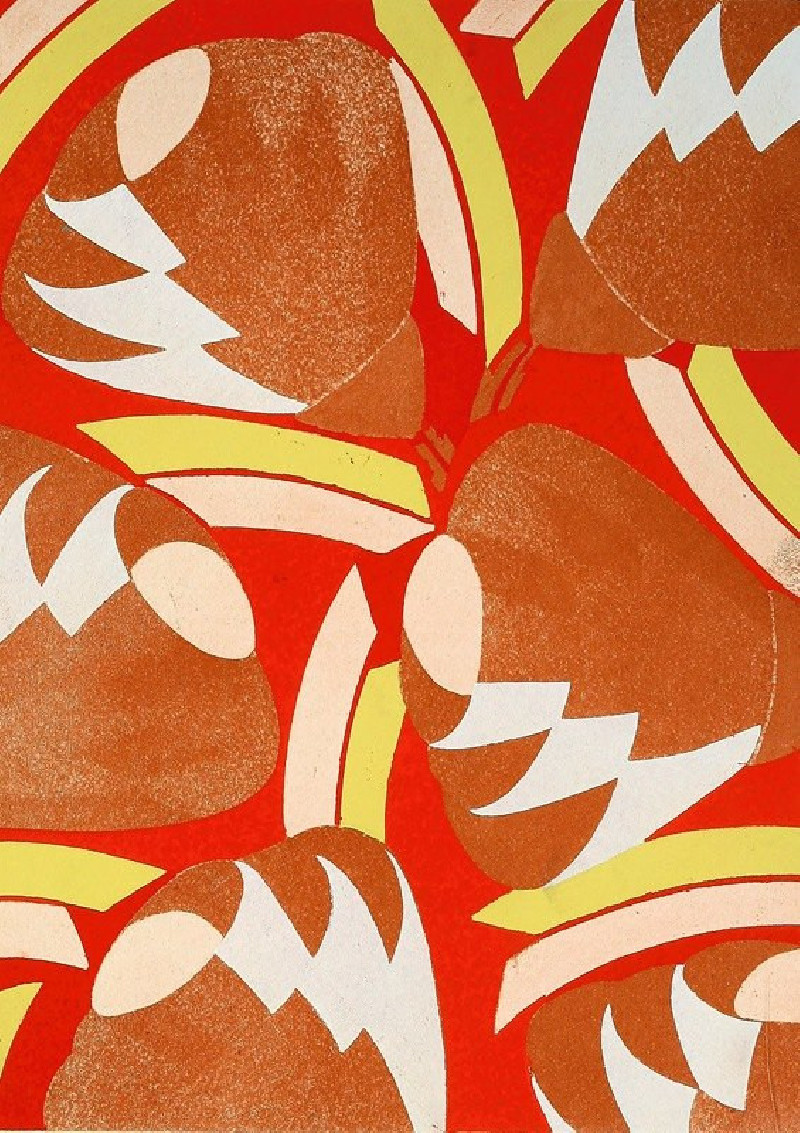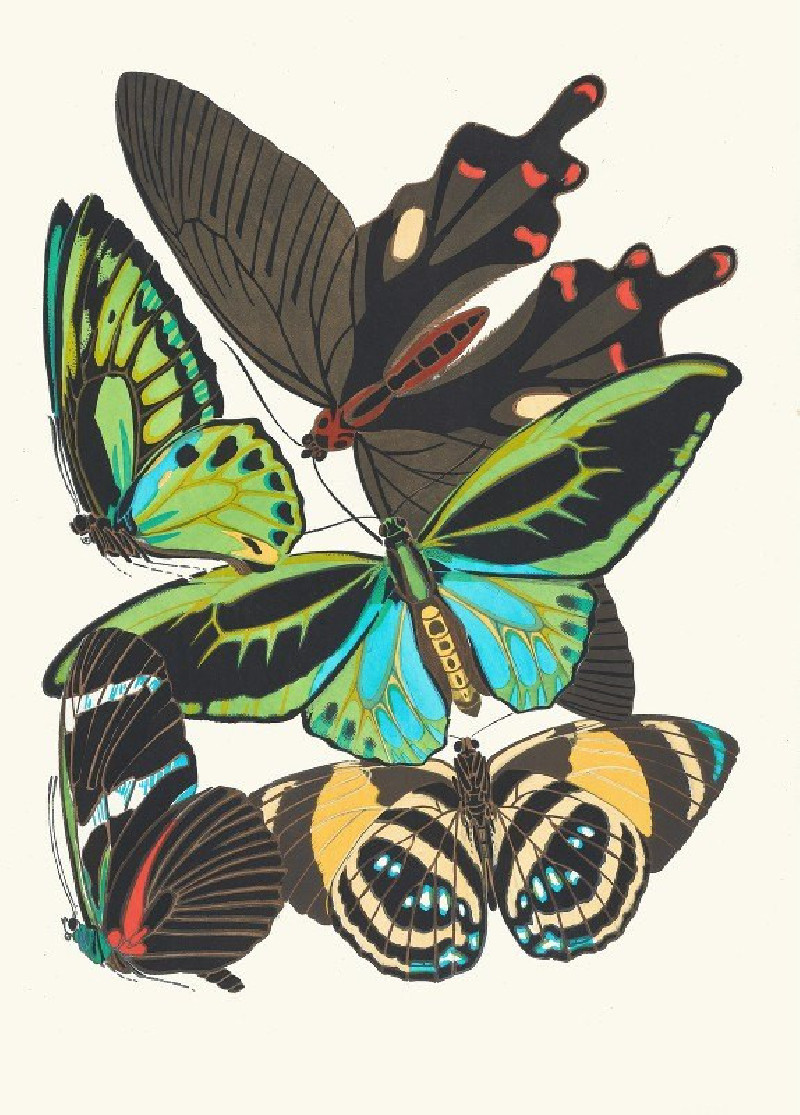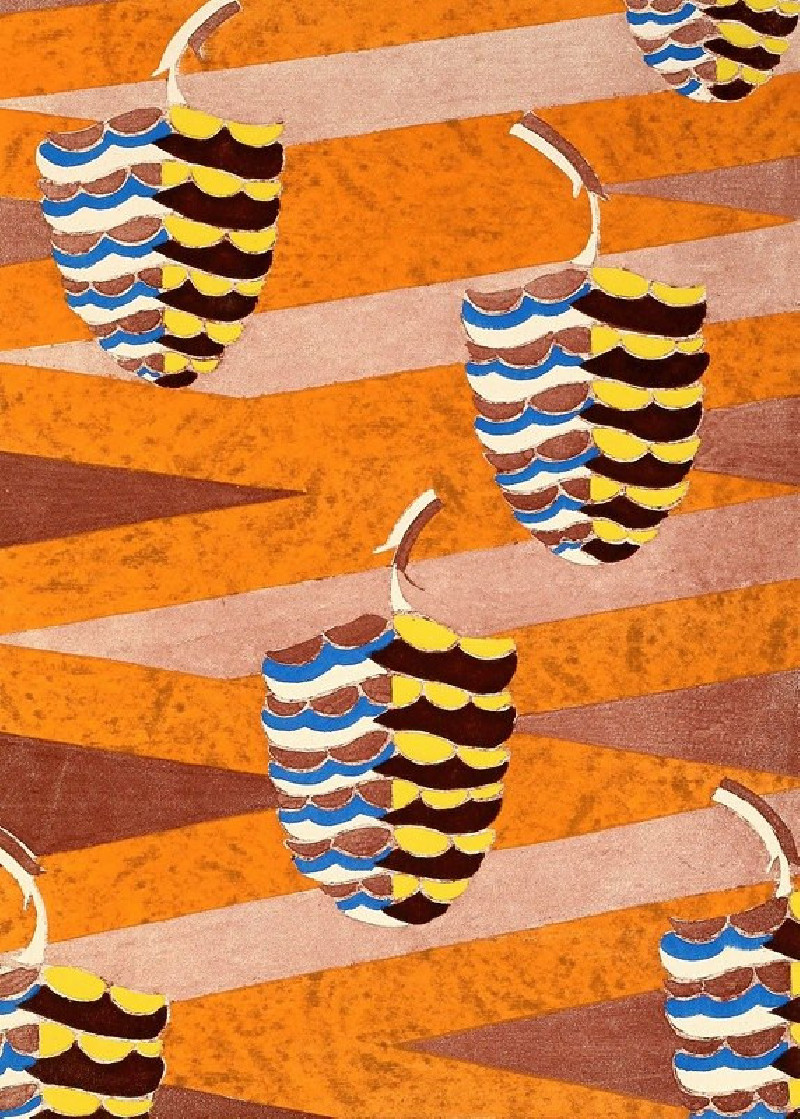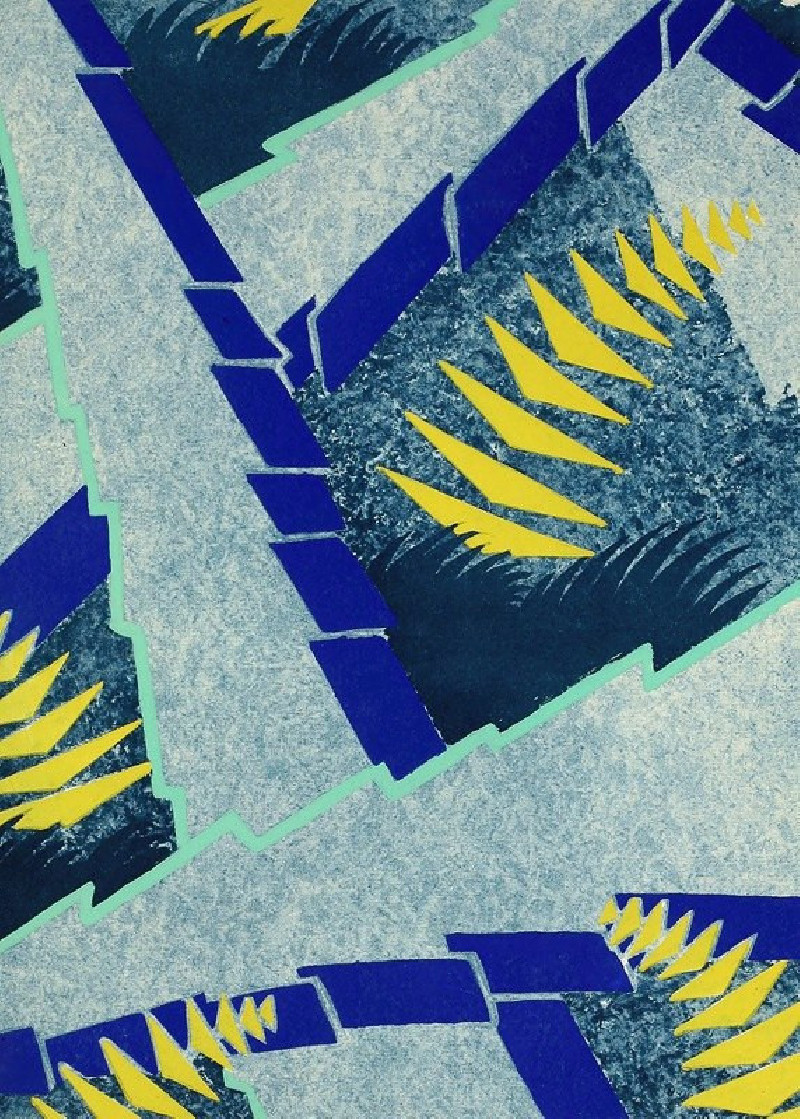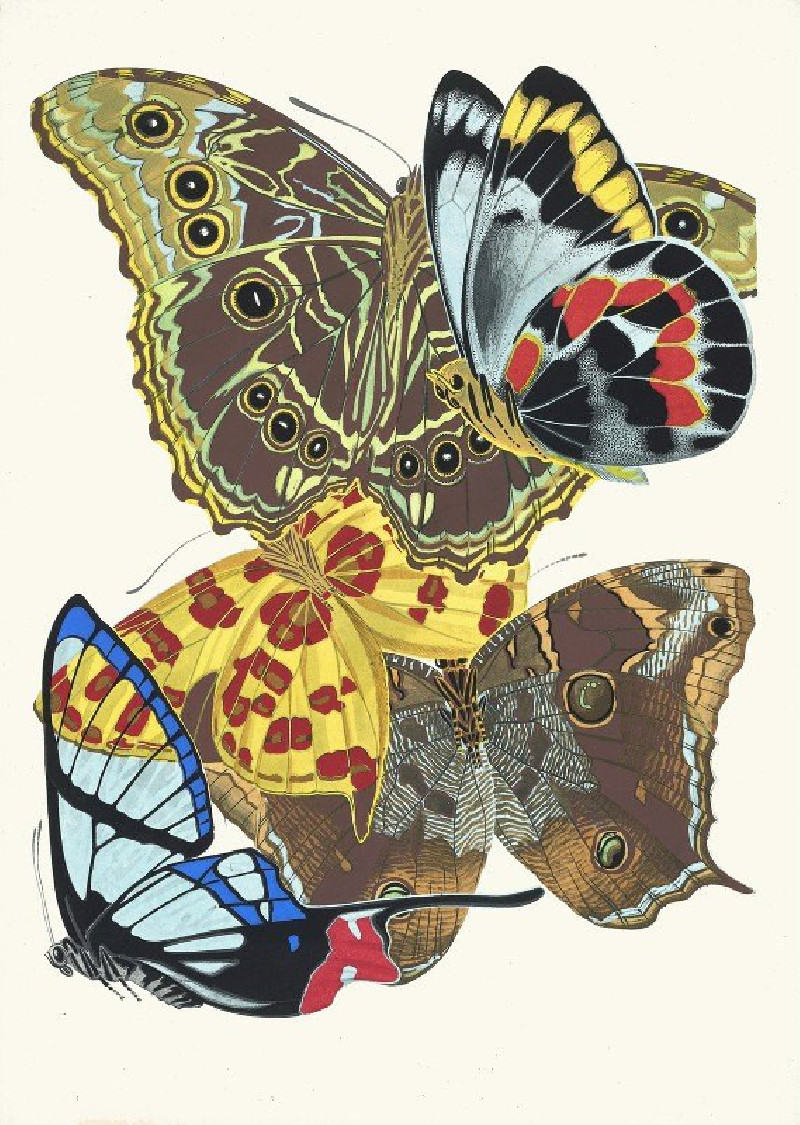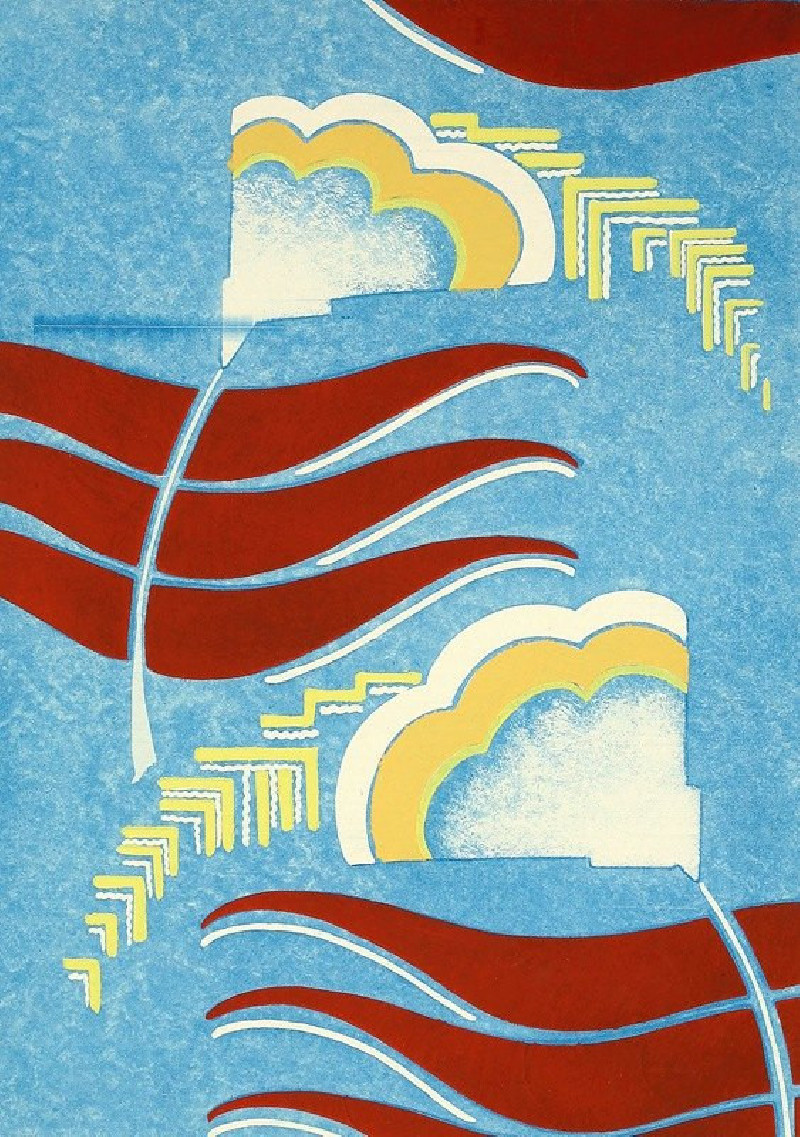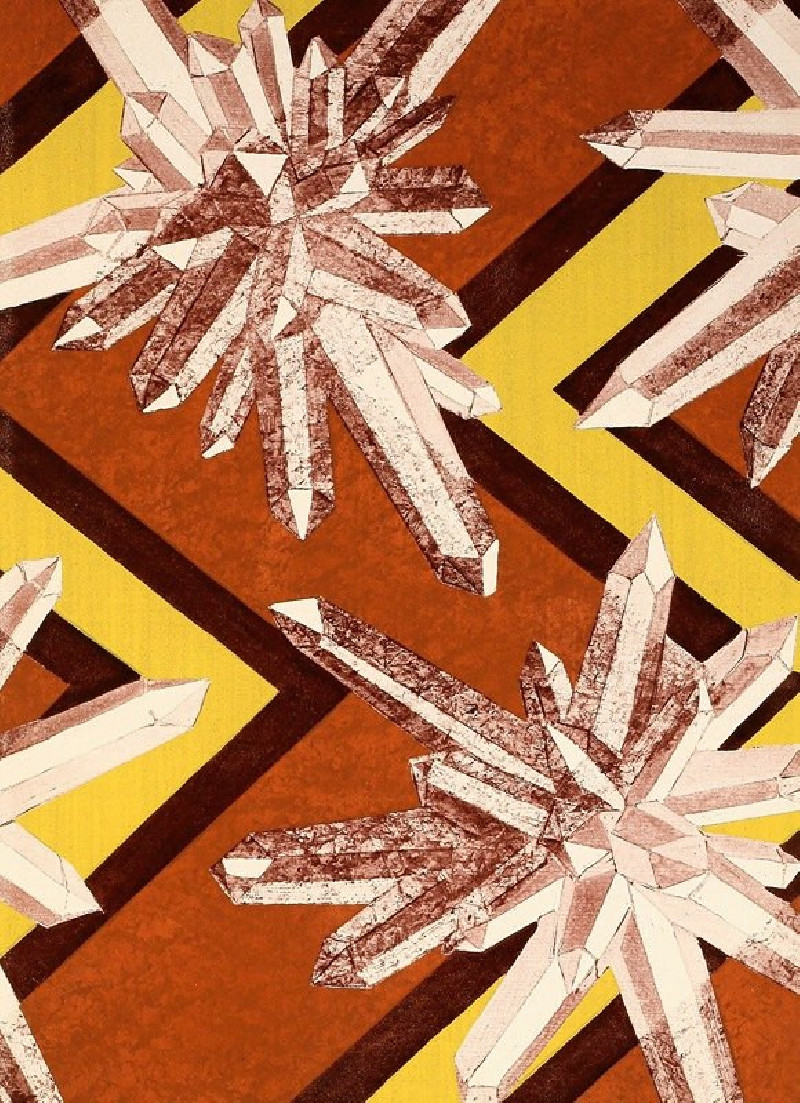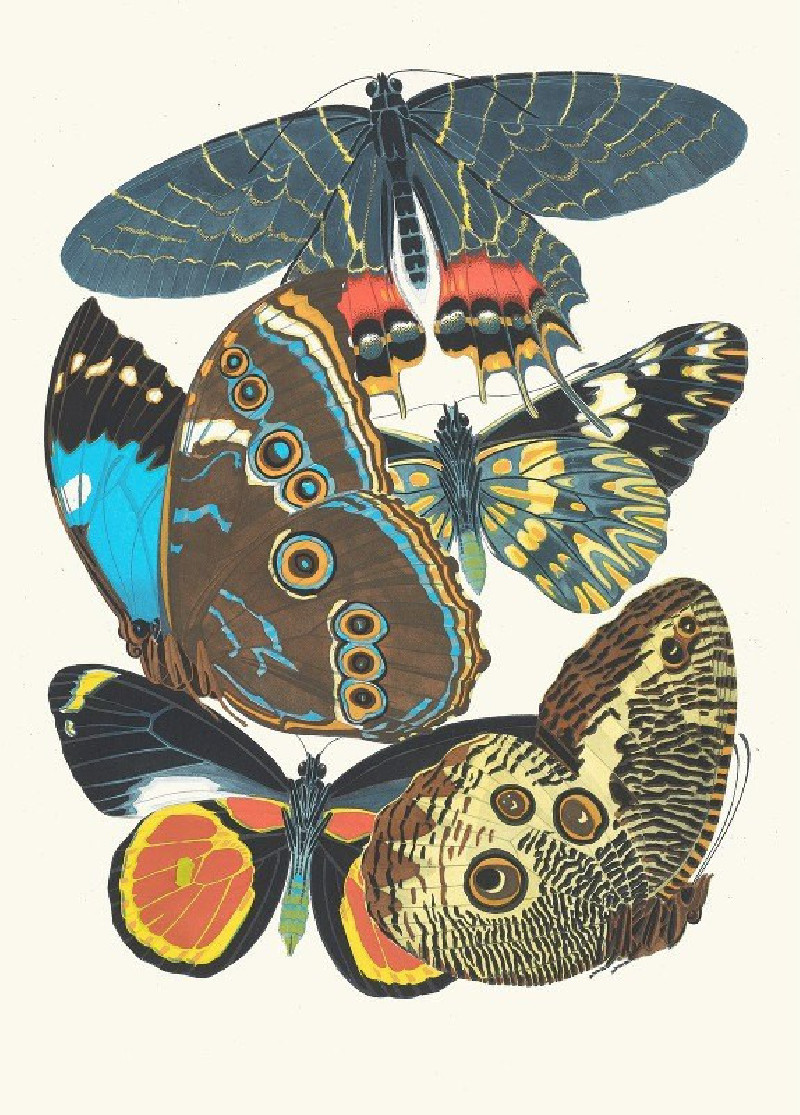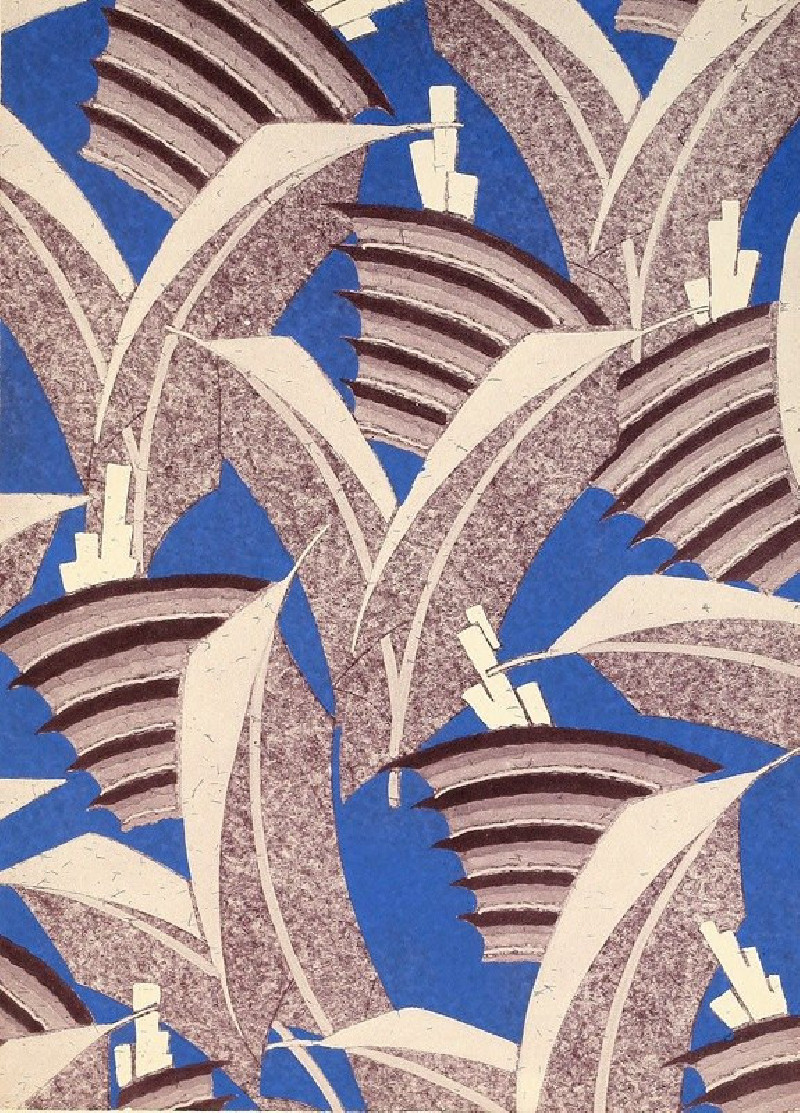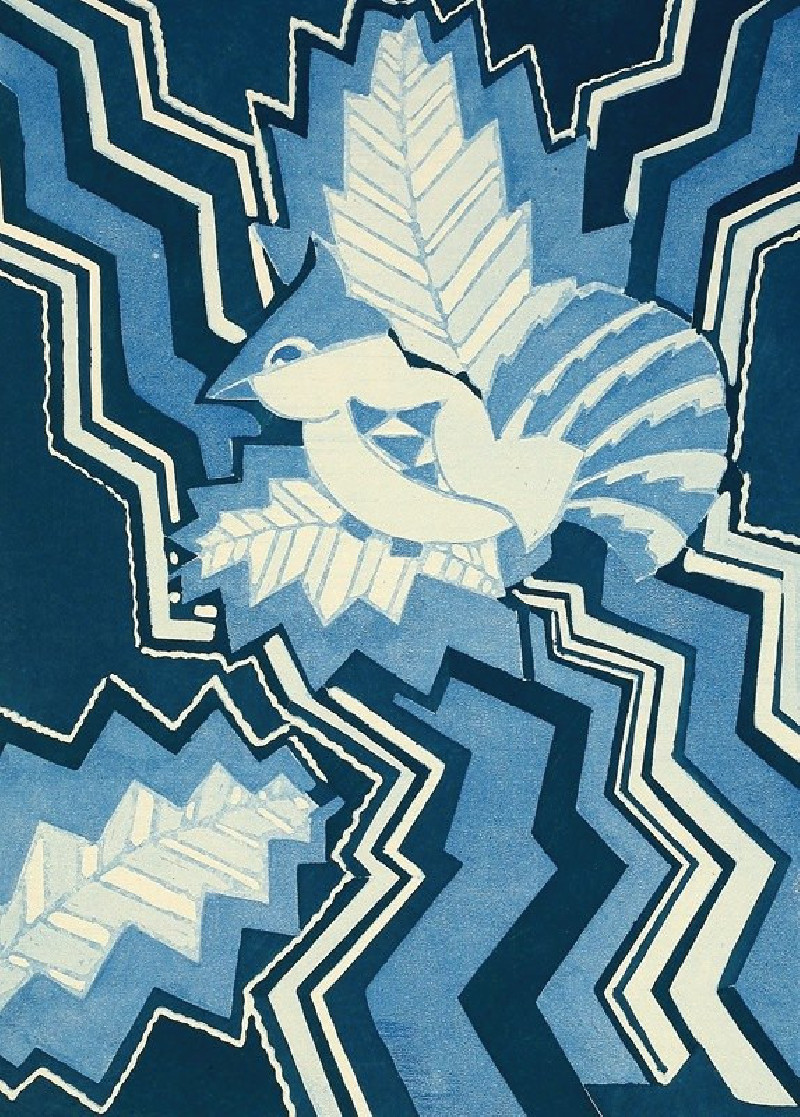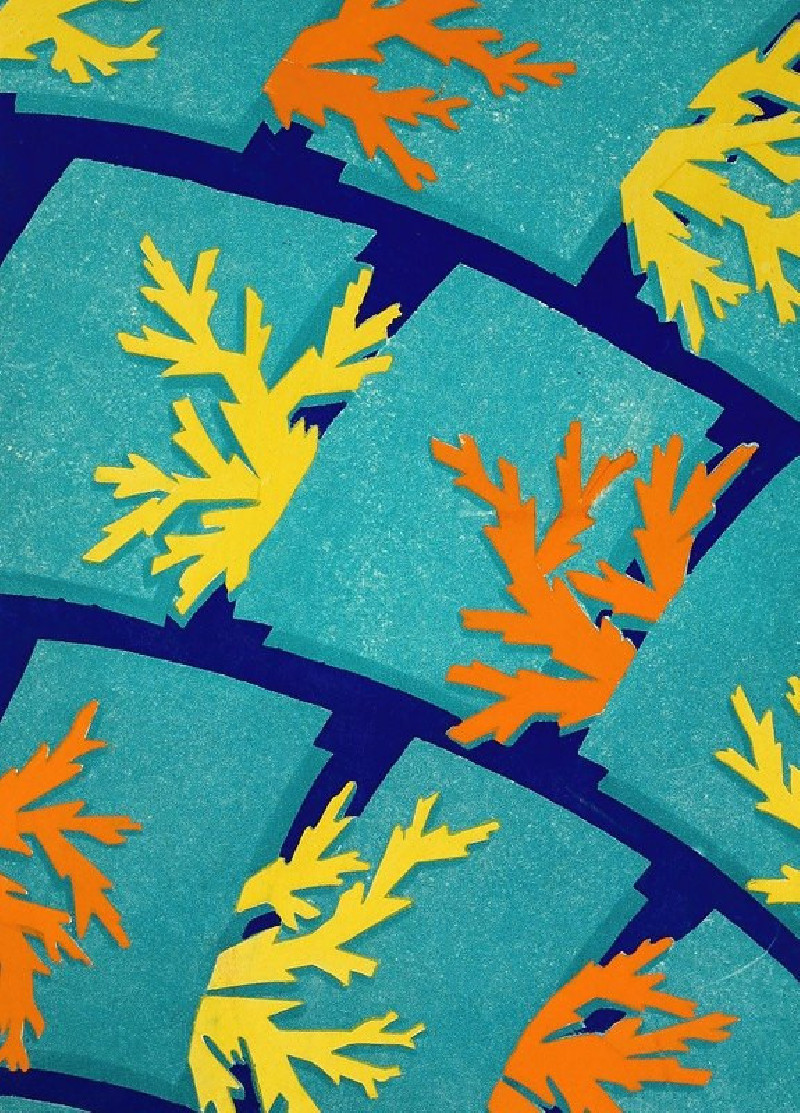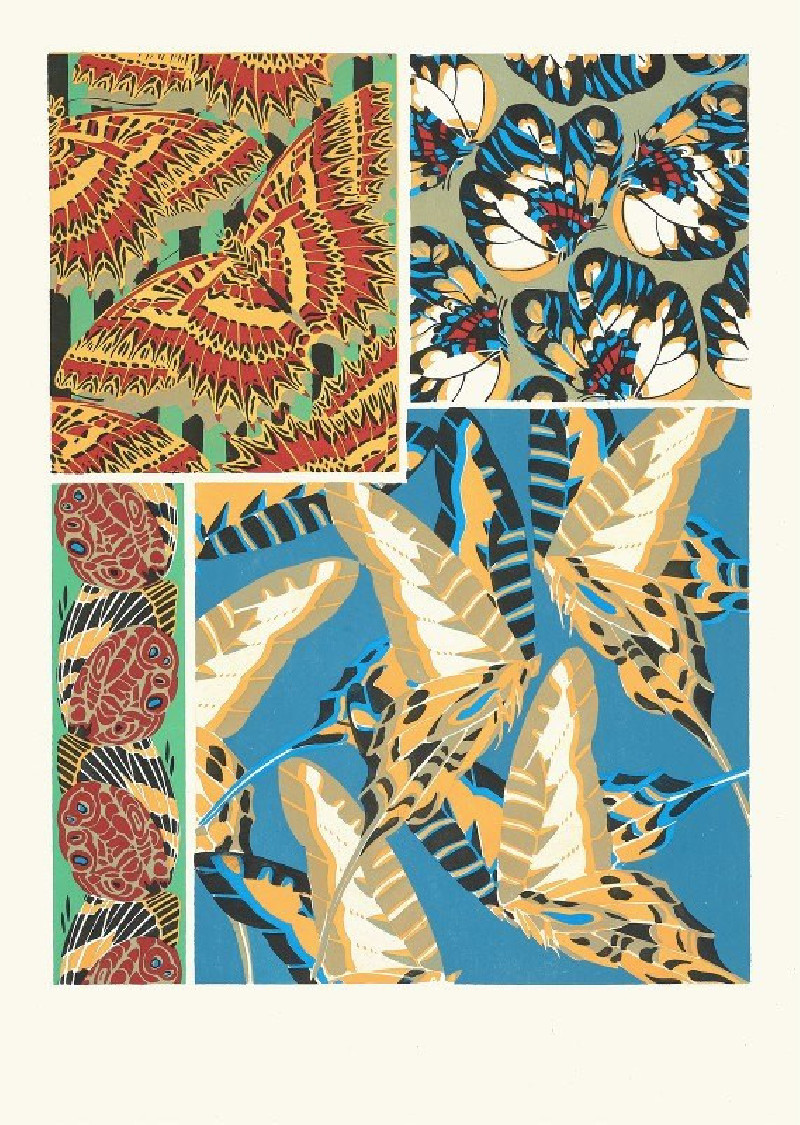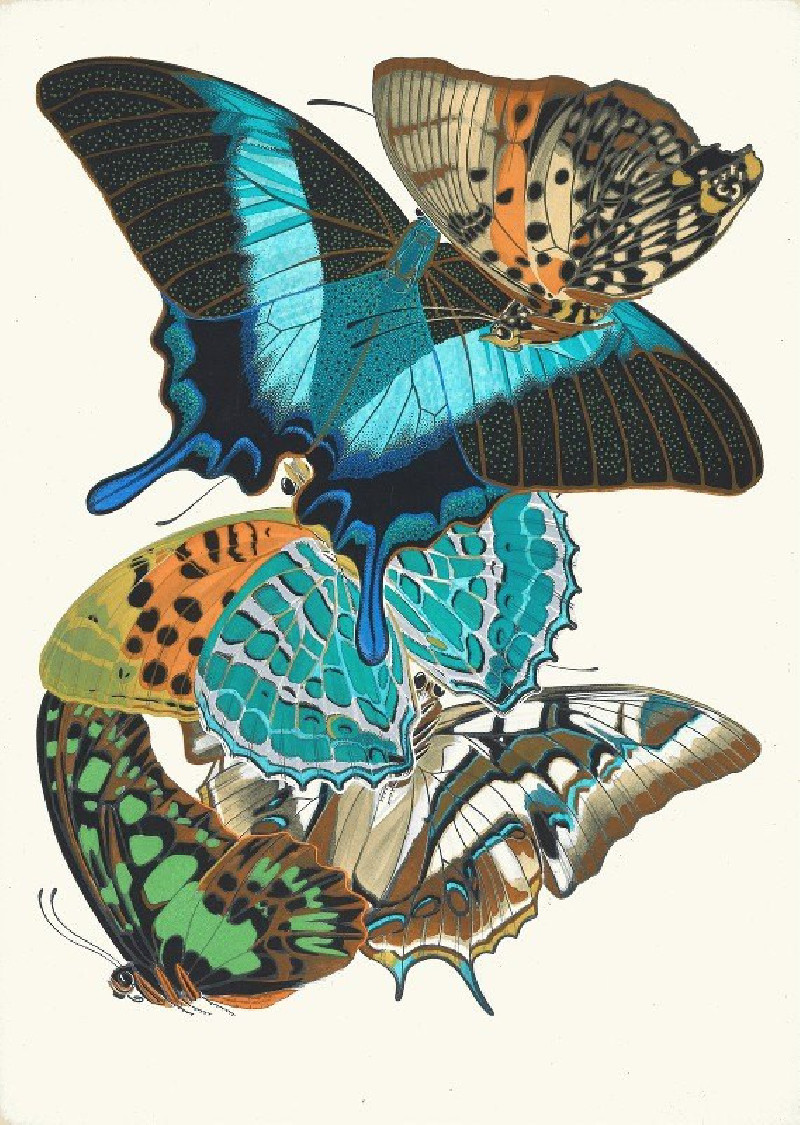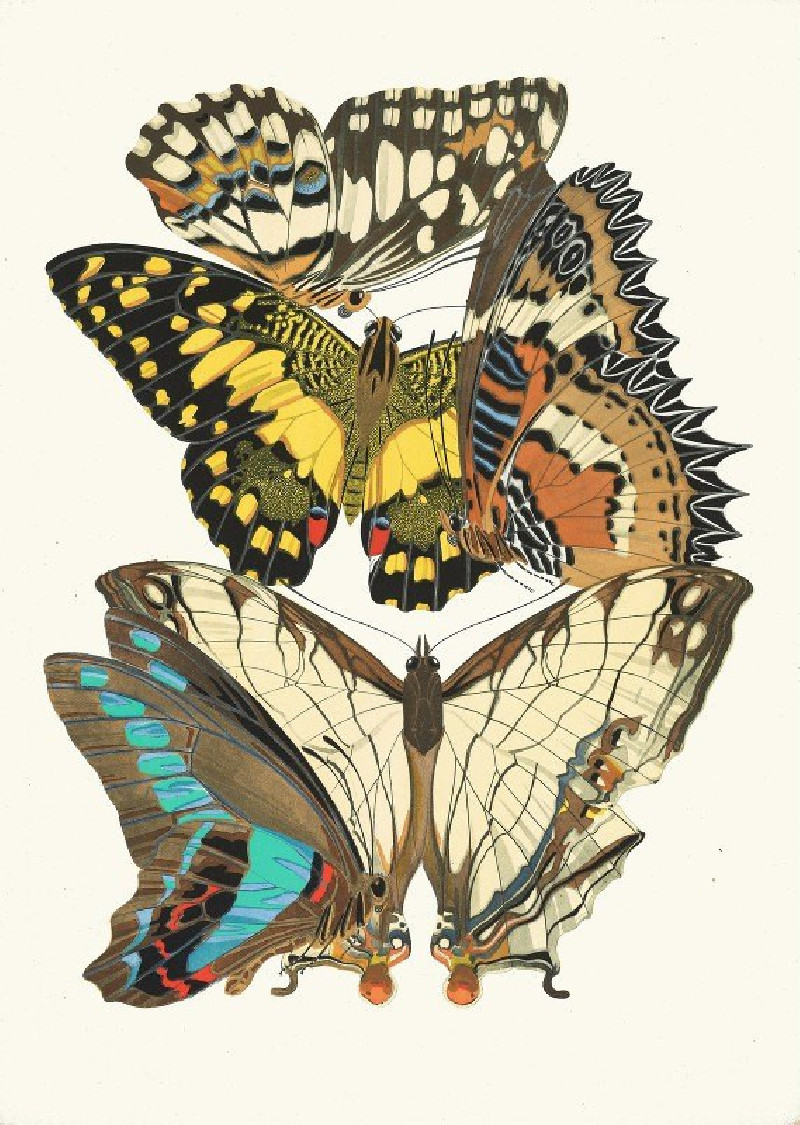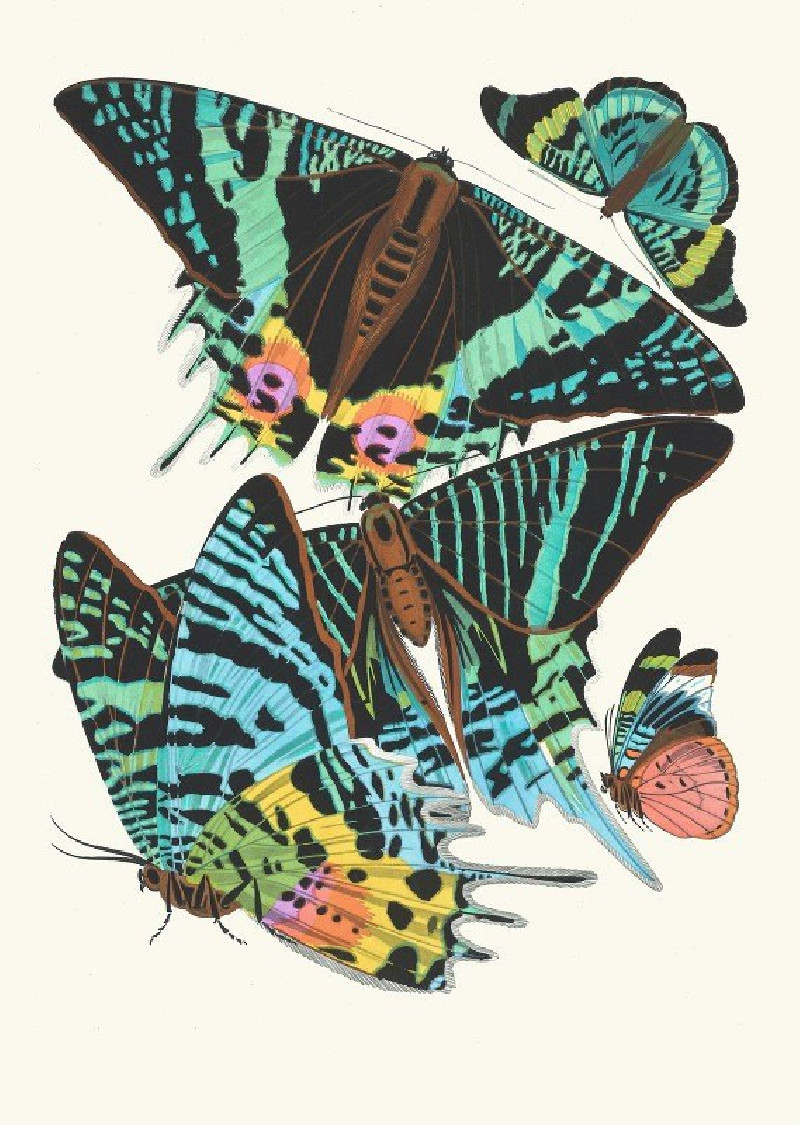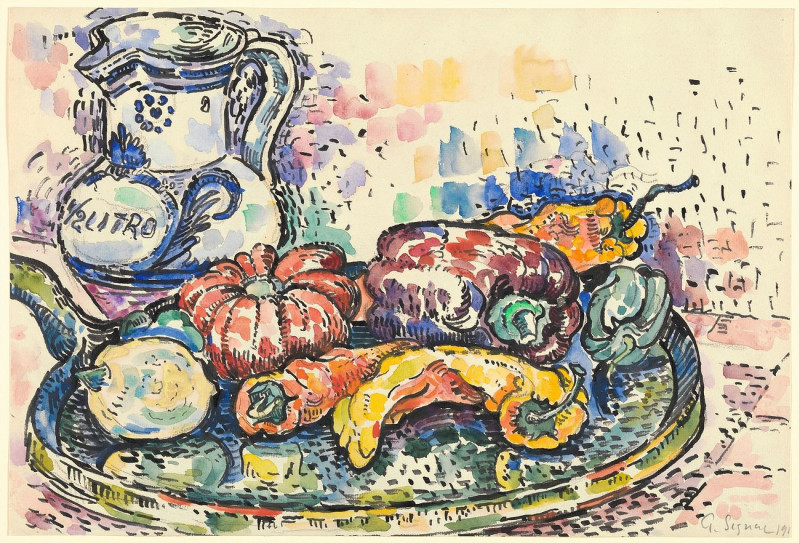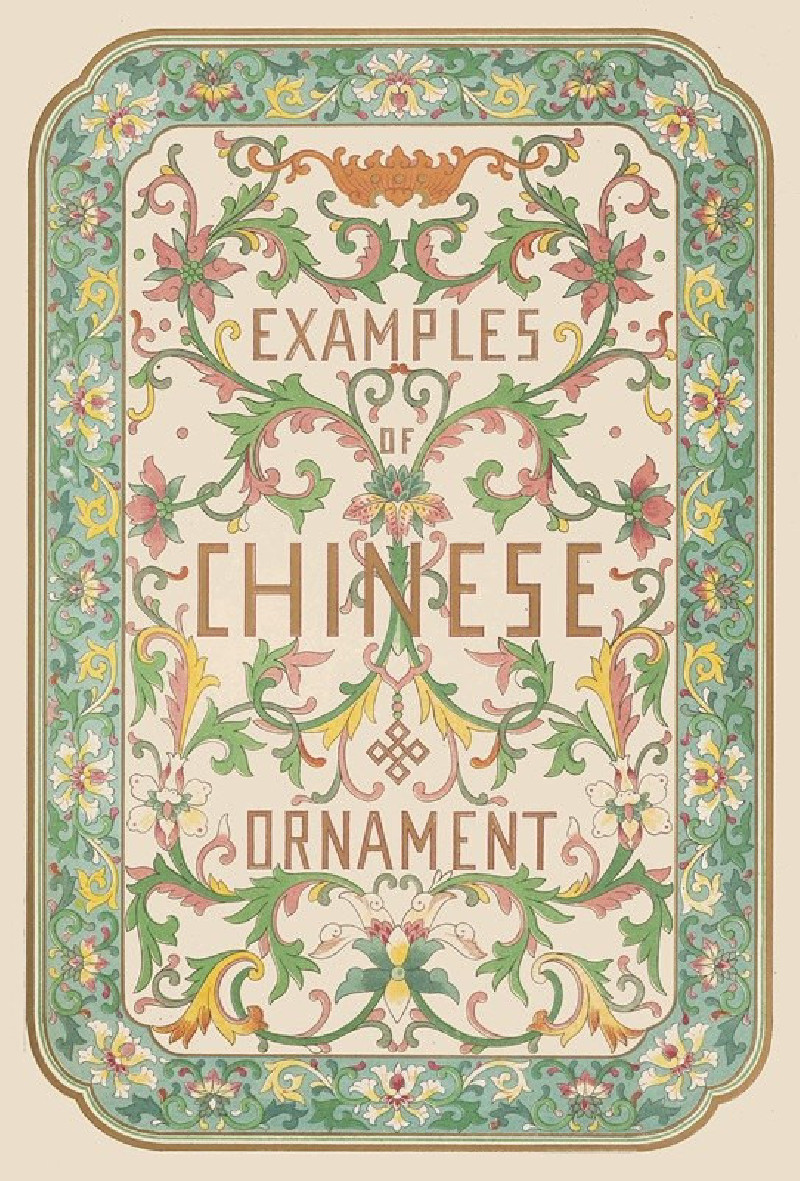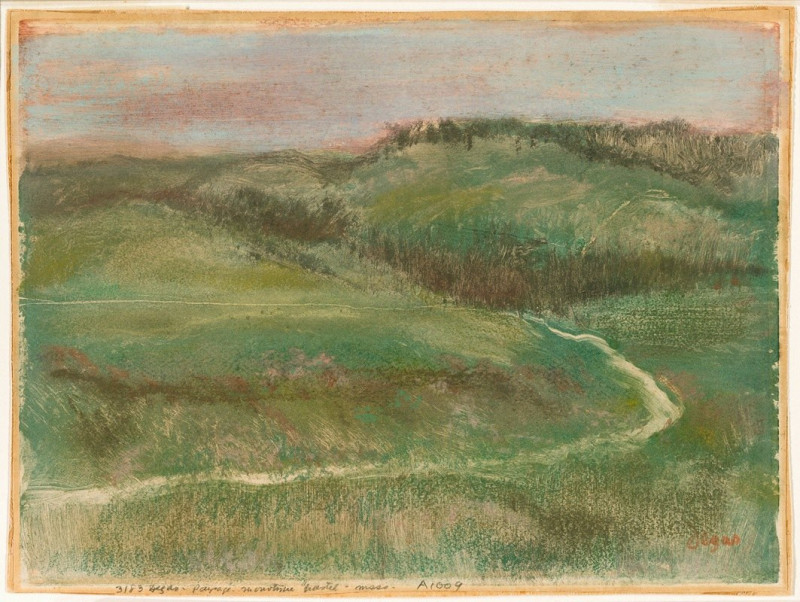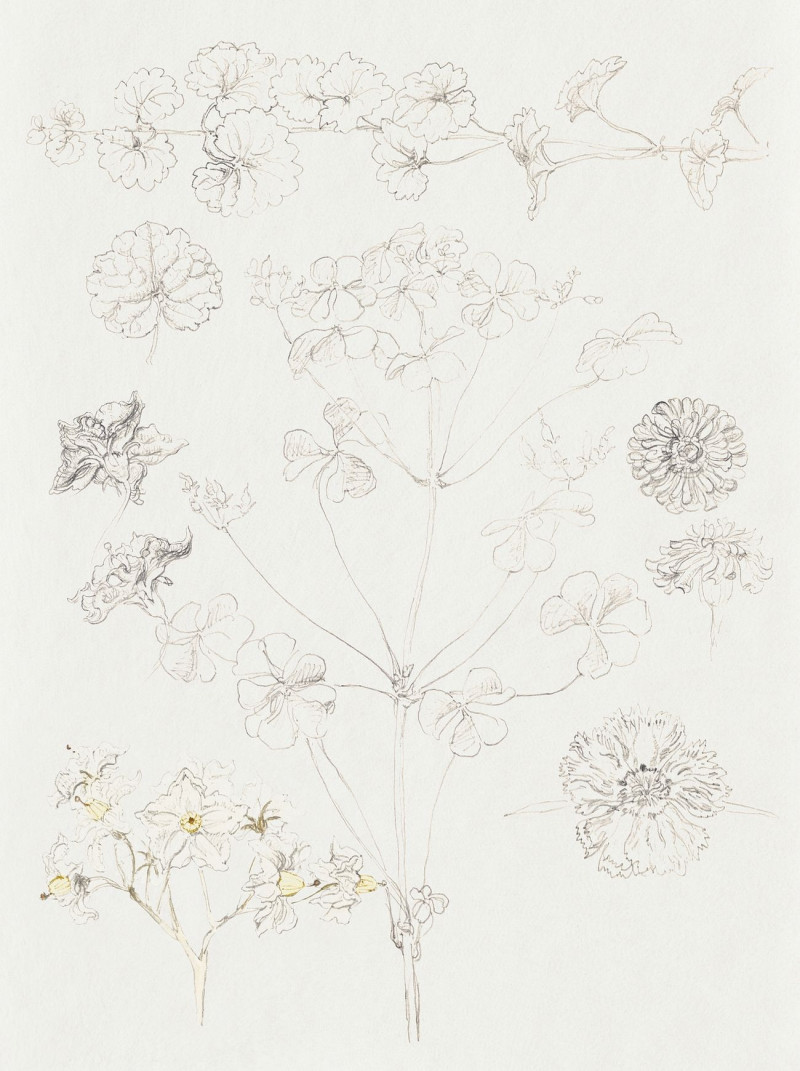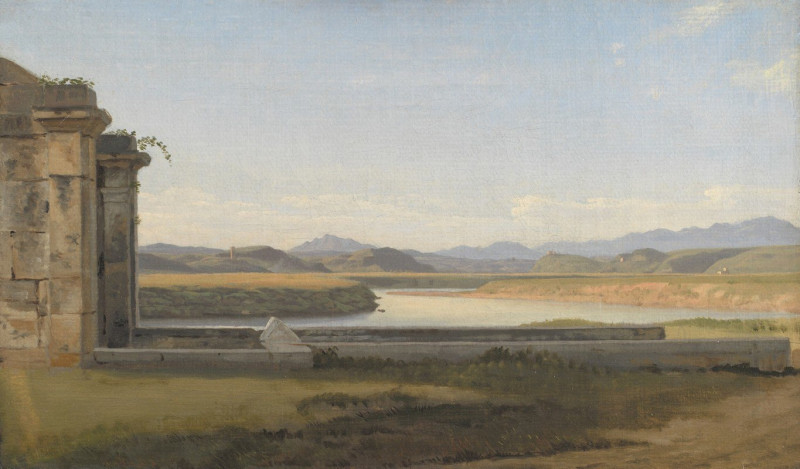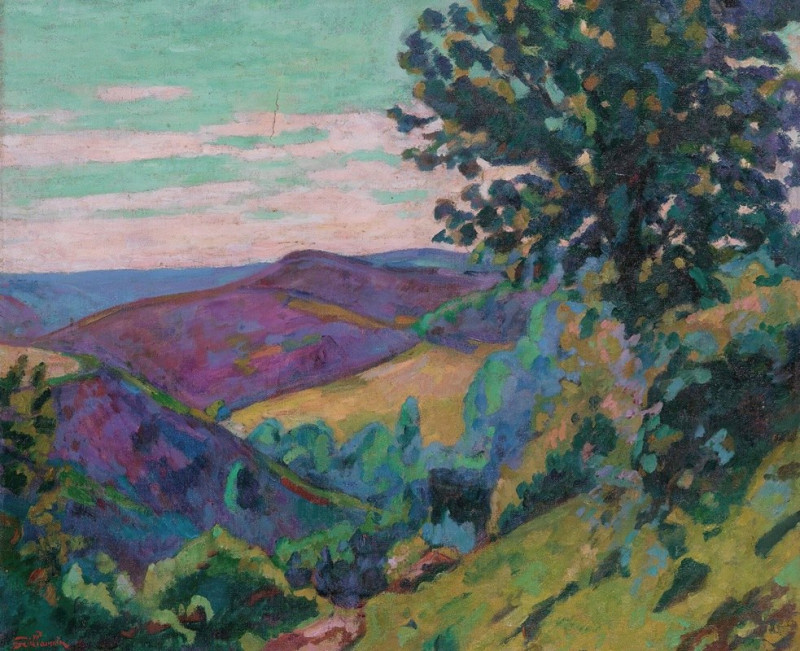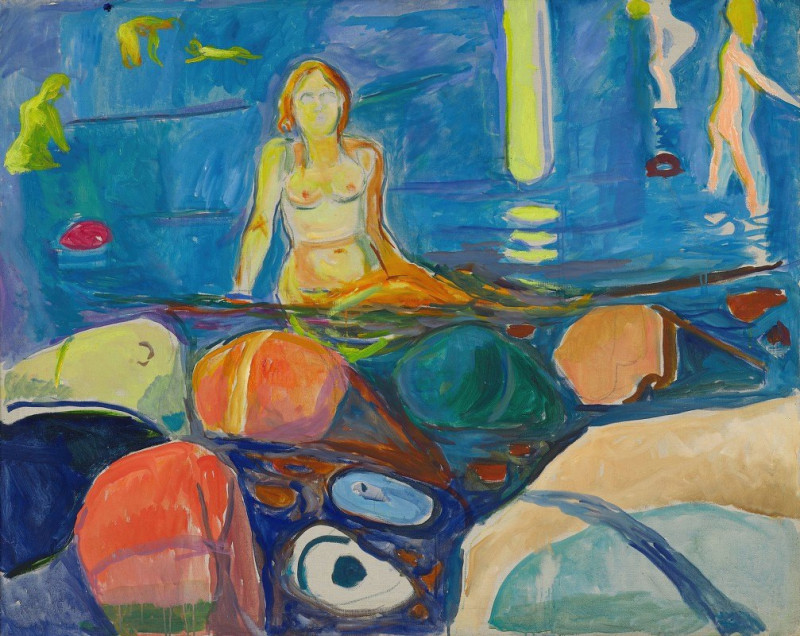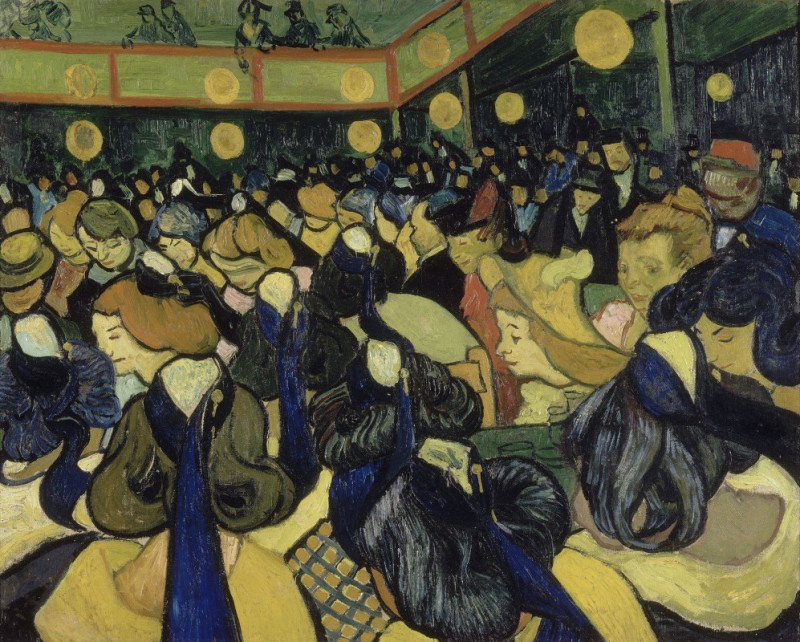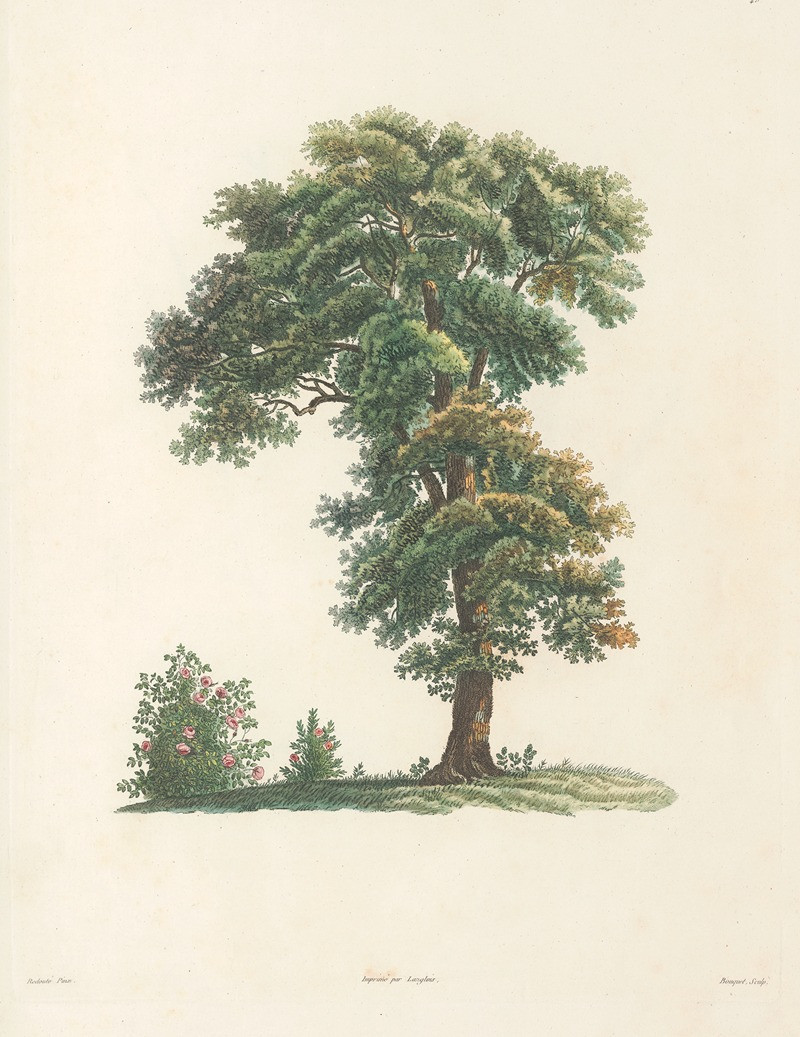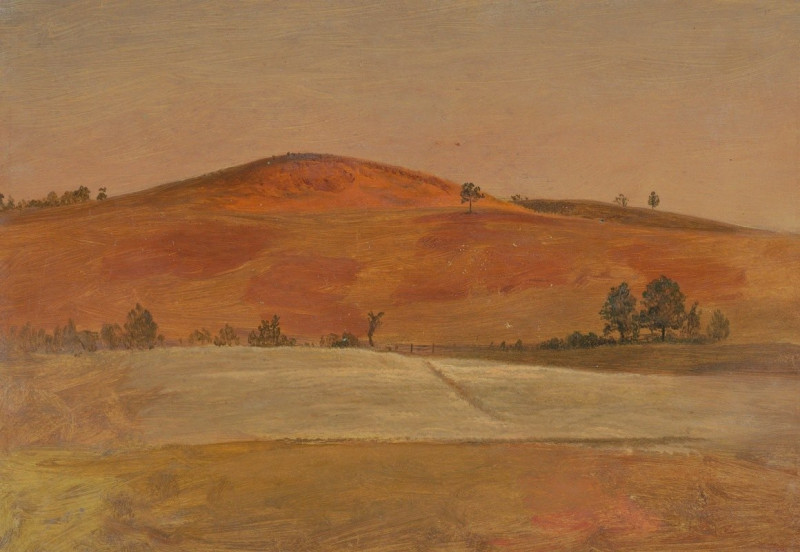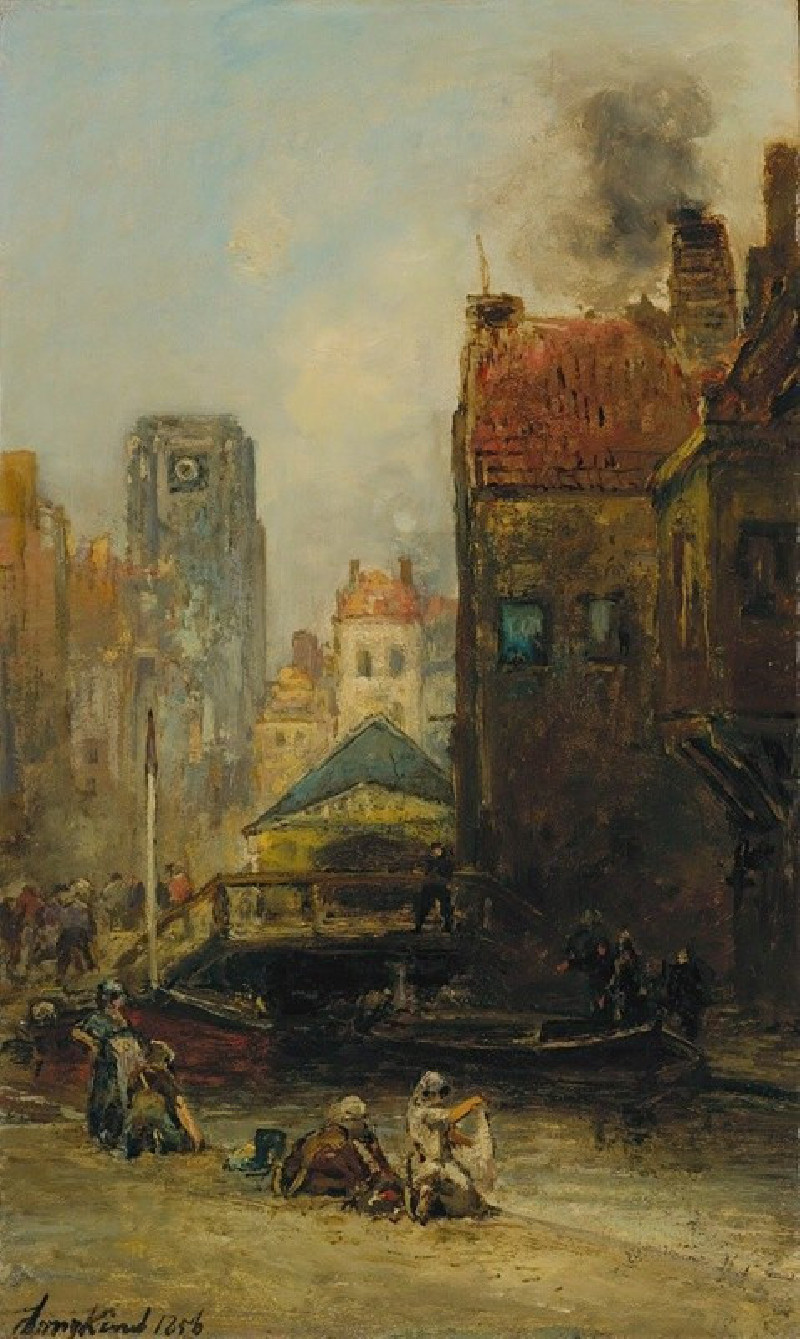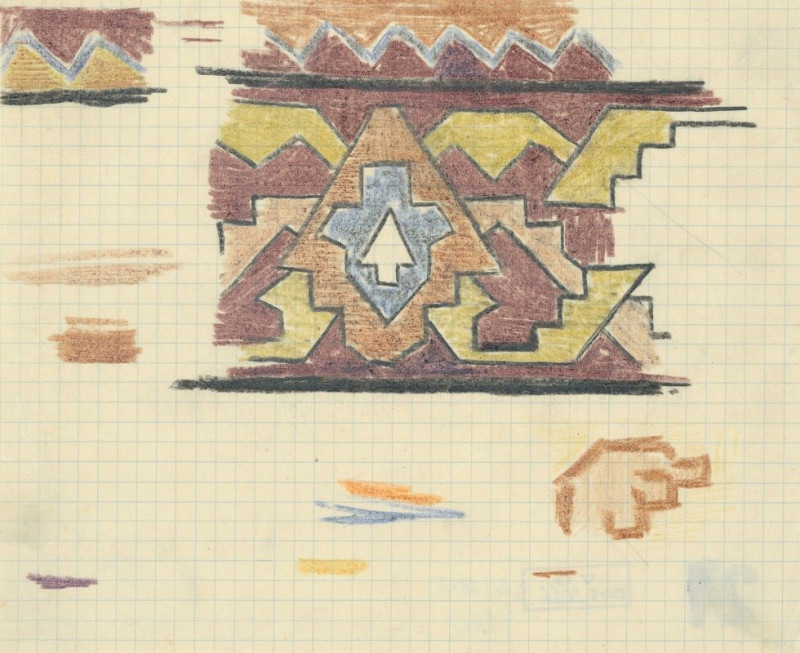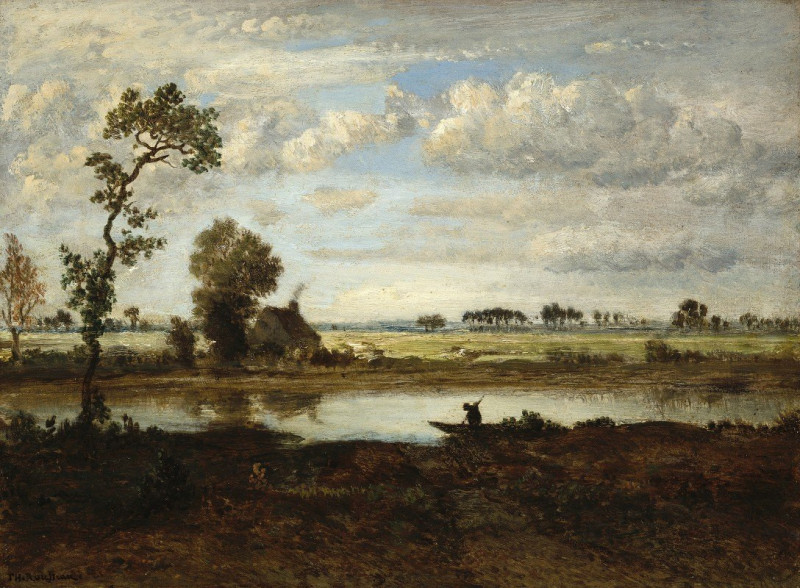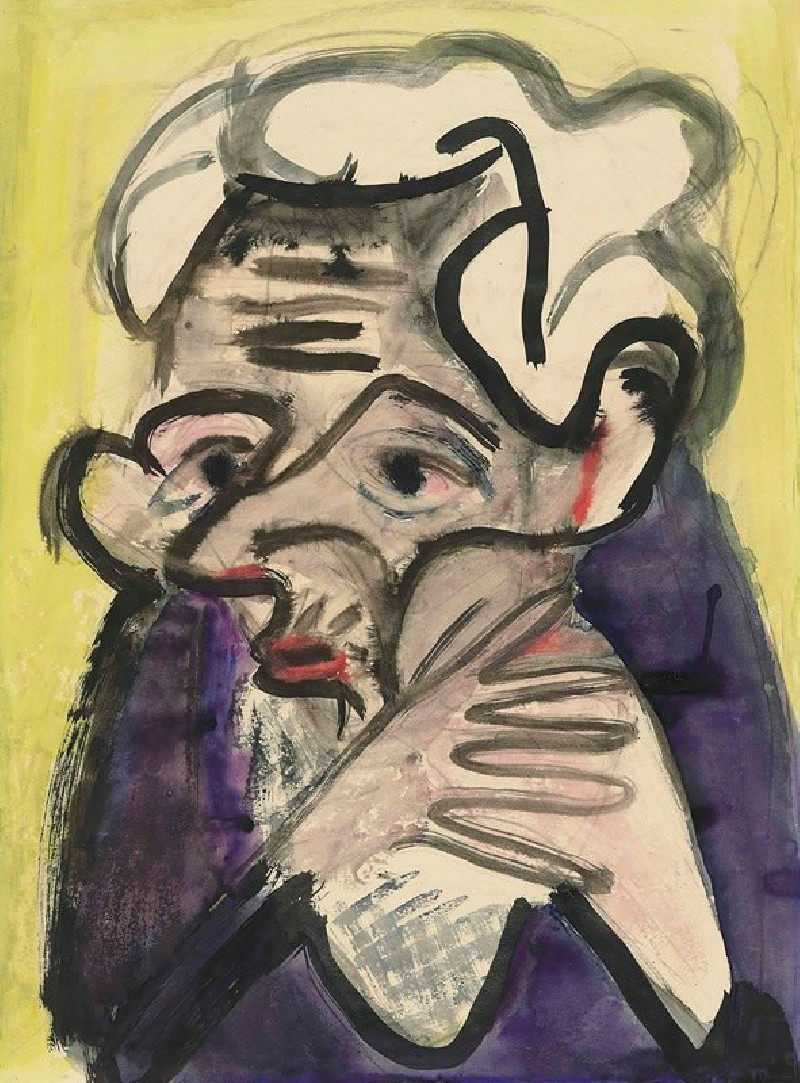Prismes-33 (1931)
Technique: Giclée quality print
Recommended by our customers
More about this artwork
"Prismes-33" (1931) by Emile-Allain Séguy is a vivid exploration of color and form, dazzling in its complexity and rhythmic beauty. This piece showcases Séguy’s signature style, which often blends elements of Art Deco and natural motifs into kaleidoscopic compositions.The artwork features a series of fan-like shapes, arrayed in a dynamic, almost swirling pattern. These fans, textured with fine, sand-like granules, are rendered in soft shades of coral, set against a backdrop of bold geometric shapes. Intersecting lines of turquoise, deep red, and navy create a stark contrast, enhancing the delicate texture of the fans and imbuing the piece with a vibrant tension.The background, a rich mustard yellow, serves as a warm canvas that highlights the intricate layering of colors and shapes. Each element of "Prismes-33" is meticulously placed, demonstrating Séguy’s mastery in creating visual rhythm through repeated patterns and contrasting hues.This painting is a testament to Séguy’s ability to evoke motion and depth on a flat surface, inviting viewers to lose themselves in its optical illusions and the interplay of its elements.
Delivery
Returns
Emile-Allain Séguy was a popular French designer throughout the Art Deco and Art Nouveau movements of the 1920s. Often confused with the French entomologist Eugene Séguy who was active during the same time period, E.A. Séguy designed primarily patterns and textiles and was heavily influenced by the natural world. He was particularly fond of the intricate patterns and beauty of insects (Eugene would have approved), which he saw as “mechanic wonders” that provided abundant inspiration for interior design (Schiff, 157).

